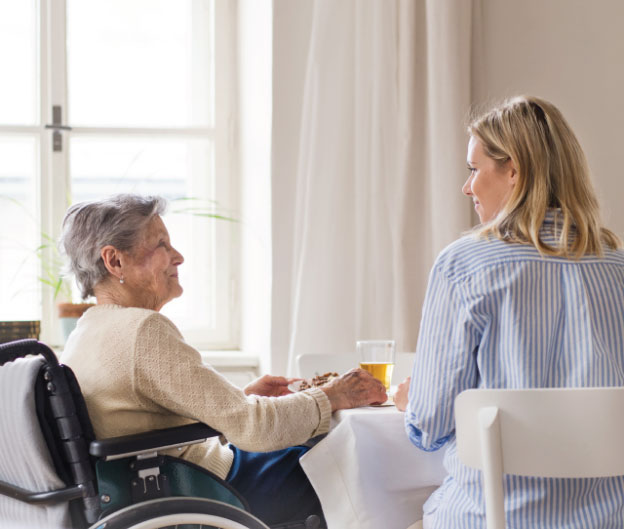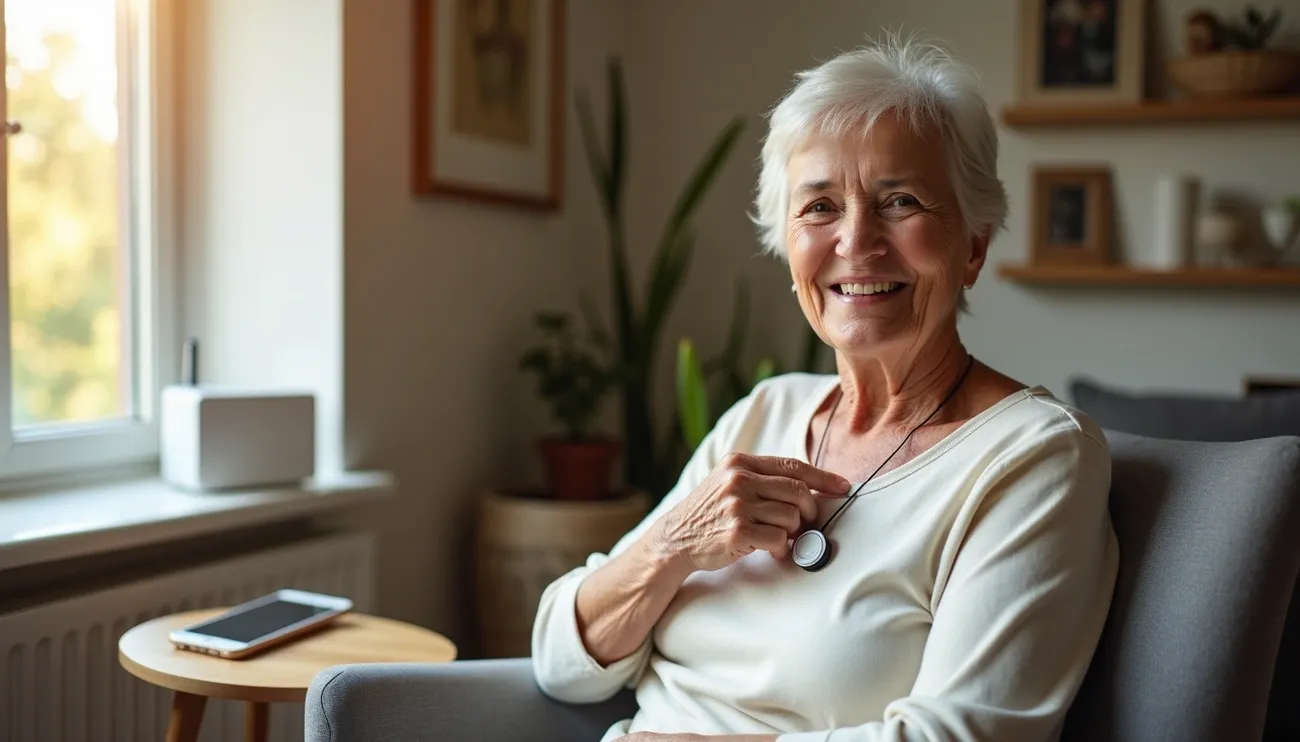Table of Contents
Violence Against Women: Impact on Mental Health and Society
A shocking statistic reveals that one in three women worldwide face physical or sexual violence in their lifetime. Violence against women continues to be one of the most widespread human rights violations that society doesn’t deal very well with. This issue affects everyone – not just individuals but whole communities and future generations.
Domestic violence leaves more than just physical scars. It creates deep psychological wounds that can last for years. This detailed guide will help you learn about how violence against women affects mental health, puts pressure on healthcare systems, and disrupts economic stability. The solution needs more than awareness – it needs everyone to act together and change the system.
Understanding Mental Health Trauma
The psychological effects of violence can run deep and last a lifetime. Research shows that survivors of intimate partner violence develop Post-Traumatic Stress Disorder (PTSD) at alarming rates – between 33% to 84% of women, with a weighted average of 64% [1]. This is a big deal as it means that these rates are much higher than the 1-12% PTSD prevalence in the general female population.
Acute Psychological Effects
The immediate psychological response to violence often includes overwhelming fear, confusion, and anxiety. Studies reveal that about 60% of women experiencing intimate partner violence show PTSD symptoms when they first seek help [2]. Common experiences include:
- Acute anxiety and panic attacks
- Confusion or disorientation
- Difficulty concentrating
- Sleep disturbances and nightmares
- Intense emotional reactions
Long-term Mental Health Consequences
Mental health challenges often persist long after the immediate danger passes. Research shows that 48% of women experiencing domestic violence develop major depression [3] – rates much higher than the general population. The risk of anxiety disorders and substance abuse problems rises dramatically. About 90% of women with substance use issues have experienced physical or sexual violence [4].
Impact on Self-identity and Relationships
Violence can completely change someone’s sense of self and their connections with others. Many women report feeling “invisible” and losing their identity [5]. These psychological effects disrupt their professional life and relationships. Survivors often become isolated from family and social networks. Some relationships stay damaged for years or even lifetimes [6].
Trauma’s complexity means multiple disorders can occur together and interact [7]. Fear extends beyond personal safety to children’s wellbeing, creating an overwhelming cycle of anxiety and stress [7]. Psychological abuse proves just as harmful as physical violence – sometimes even more so [1].
Healthcare System Challenges
The healthcare system faces big challenges to support survivors of violence against women, especially when providing mental health care. Your trip through the healthcare system might get complicated due to barriers that affect both access and quality of care.
Barriers to Mental Health Support
Many obstacles stand in your way while trying to get mental health services. Healthcare facilities don’t deal very well with providing enough privacy for survivors [8]. These factors might affect your experience:
- Limited trust in healthcare providers
- Fear of stigma and judgement
- Language and cultural barriers
- Privacy concerns in healthcare settings
- Immigration status uncertainties
These barriers create more problems for women from marginalised communities, where mental health support access remains low [9].
Cost of Psychological Treatment
Getting help can lead to overwhelming financial burdens. Studies show that healthcare costs for women who experience abuse are 42% higher than those who don’t face violence [10]. Survivors typically need to pay:
- 28.6% of medical costs
- 32.0% of mental health costs [10]
Physical assault cases that need medical treatment cost AUD 4,074.76 on average, while mental health services cost AUD 1,554.98 per case [10].
Healthcare Provider Training Gaps
Provider preparedness plays a crucial role in your healthcare experience. Research shows that many healthcare professionals lack proper training to identify and respond to violence against women [8]. Healthcare providers need specific skills to handle intimate partner violence cases effectively, but many haven’t developed them yet.
Critical skill gaps include:
- Empathic listening abilities
- Proper screening techniques
- Knowledge of referral services
- Understanding of trauma-informed care [8]
Time limits make care delivery more complex since providers need extra time to properly address violence-related issues [8]. Studies show that few clinicians regularly screen for intimate partner violence, and even fewer check for related mental health conditions [11].
Workplace and Economic Impact
Violence at work can disrupt your professional life in many ways. Research shows that violence against women creates ripple effects throughout organisations. These effects touch both individual careers and business operations.
Professional Performance Effects
Violence can make it hard to maintain steady work performance. Studies reveal that 81.9% of employees who face domestic violence say it hurts their work performance [12]. You might face these challenges:
- Missing work because of injuries or court appearances (39.5% take time off) [12]
- Finding it hard to focus due to distraction or fatigue
- Getting disruptive calls or messages at work
- Dealing with stalking or harassment near work
Economic Costs to Businesses
Violence against women hits businesses hard financially. Australian businesses lose AUD 39.75 billion each year [13]. Your employer bears specific costs such as:
- AUD 1,314.93 million from victim-survivor absences [13]
- AUD 677.34 million from perpetrator absences [13]
- AUD 146.78 million in extra management costs [13]
Career Development Challenges
Violence creates real obstacles for career growth. Research shows that women who face violence often have gaps in their work history and unique challenges [14]. You might experience:
Abusers who try to sabotage your job by hiding car keys or starting arguments before work [15]. Your career growth might stall because you can’t access training opportunities. Your earnings could drop by up to 60% compared to others not facing violence [16].
These effects reach beyond your daily job performance. You might get stuck taking casual positions or face underemployment. Research shows that women affected by violence often end up in casual and part-time work [17]. This limits both financial independence and career growth.
The workplace can be either a safe haven or another source of stress for survivors. A job provides vital financial independence that could help you leave an abusive situation [12]. However, harassment at work can make keeping your job harder. Companies that support employees facing domestic violence see better productivity and fewer absences [13]. This shows how workplace support helps both professional survival and success.
Intergenerational Effects
Violence against women creates ripples that go way beyond individual trauma and disrupt multiple generations. Children who grow up around family violence face substantial risks of immediate and long-term psychological damage.
Trauma Transfer to Children
Violence in your life can deeply affect your children, even when they don’t see the abuse directly. Studies indicate that 1 in 4 children are exposed to domestic violence [18]. More than 50% of women who face violence have children under their care [19]. Your children might show:
- Signs of depression and anxiety
- Aggressive behaviour and conduct issues
- Academic struggles
- Problems building relationships
- Physical symptoms (headaches, stomach aches)
Family Relationship Dynamics
Family relationships suffer deep and complex damage from violence. Children who grow up around violence often develop insecure bonds with their primary caregivers [20]. This affects their ability to build healthy relationships as adults.
The numbers tell a stark story. Children from violent homes are 10 times more likely to become abusive in their adult relationships [21]. Girls who see their mother suffer abuse face six times higher risk of sexual abuse [21].
Breaking the Cycle of Violence
You can help stop this cycle of generational trauma. Early support and intervention reduce the risk of passing trauma to the next generation [22]. These strategies help:
Early discussions about gender roles and respect with your children make a vital difference. Children who learn about healthy relationships and consent develop better skills to spot and avoid abuse [22].
The Stop it at the Start programme shows that breaking this cycle needs everyone’s help – parents, teachers, coaches, and community leaders [23]. Your efforts to create positive influences where children live, learn, and play help build stronger future generations.
Violence against women is not inevitable [22]. Through understanding, support, and action, you can create positive changes that benefit not just your family but generations to come.
Building Support Systems
A strong support network helps you deal with the aftermath of violence. Australia’s national domestic violence counselling service, 1800RESPECT, offers 24/7 support through their helpline 1800 737 732 [24].
Mental Health Resources
The right mental health support starts your path to recovery. Beyond Blue (1300 224 636) provides specialised mental health assistance [7]. Lifeline (13 11 14) helps during personal difficulties with crisis support [7]. These services give you:
- Confidential counselling and support
- Information about local services
- Privacy protection through secure communication
Community Support Networks
Community support can change your life once you’re ready to connect with others who share your experience. Studies show peer support groups help reduce depression, anxiety, and stress levels among participants [25]. You can choose from:
- Women’s support groups with specialist services
- Peer-led recovery programmes
- Cultural-specific support networks
The DAWN mentoring programme shows how community support works. More than 50% of volunteer mentors have dealt with family violence themselves [25]. This programme has become a soaring win that helps women feel calmer, happier, and more hopeful about their future [25].
Recovery Programmes
Recovery takes time and doesn’t follow a straight path [25]. The Recovery After Violence Support programme provides:
- Court attendance support
- Legal appointment facilitation
- Advocacy with government departments
- Education on court processes [26]
These programmes know that healing from family violence takes time, and support needs change throughout the process [25]. Therapeutic family violence services understand that daily events might trigger the need to reconnect with services [25].
The new Adult and Older Adult Area Mental Health and Wellbeing Services offer detailed trauma support with dedicated trauma practitioners [25]. The Men’s Referral Service (1300 766 491) helps men who want to address their use of family violence [7].
The National Plan to End Violence Against Women and Children 2022-2032 highlights that recovery and healing needs time, often with life-long support through dedicated services [25]. Local support options include:
- Individual and family therapy sessions
- Financial and legal literacy training
- Livelihoods and income generation activities [27]
Studies show that 66.7% of women who face family violence develop depression or anxiety [25]. Support services help you rebuild your life at your own speed. The system now recognises that both immediate crisis support and ongoing therapeutic care matter in recovery [25].
Conclusion to Violence against women
Violence against women sends ripples throughout society that affect mental health, healthcare systems, workplaces, and future generations. A deeper grasp of these effects helps build awareness and support for meaningful change. Research confirms that survivors can rebuild their lives and break cycles of violence when they receive proper support and resources.
Recovery demands professional help alongside community support. Healthcare systems need to fix current gaps in service delivery and provider training. Supportive policies and understanding leadership can make your workplace a vital source of stability. These improvements, combined with strong family support systems, create paths toward healing and recovery.
Society grows stronger with each step taken to end violence against women. Support services like 1800RESPECT, Beyond Blue, and local community networks are ready to help you or someone you know find their path to safety and healing. Each person’s recovery looks different, and asking for help demonstrates strength rather than weakness.
You can help shape a future where violence against women becomes rare through education, awareness, and collective action. Your voice, support, and understanding build safer communities for current and future generations.
References
[1] – https://pmc.ncbi.nlm.nih.gov/articles/PMC3381987/
[2] – https://pmc.ncbi.nlm.nih.gov/articles/PMC10824011/
[3] – https://pmc.ncbi.nlm.nih.gov/articles/PMC2967430/
[4] – https://www.womenshealth.gov/relationships-and-safety/effects-violence-against-women
[5] – https://www.researchgate.net/publication/265477538_Women’s_Understanding_of_the_Effects_of_Domestic_Abuse_The_Impact_on_Their_Identity_Sense_of_Self_and_Resilience_A_Grounded_Theory_Approach
[6] – https://pmc.ncbi.nlm.nih.gov/articles/PMC8391608/
[7] – https://whiteribbon.org.au/helplines/
[8] – https://bmchealthservres.biomedcentral.com/articles/10.1186/s12913-022-08826-1
[9] – https://www.womensaid.org.uk/the-reality-of-the-barriers-to-mental-health-support/
[10] – https://iwpr.org/the-economic-cost-of-intimate-partner-violence-sexual-assault-and-stalking/
[11] – https://pmc.ncbi.nlm.nih.gov/articles/PMC2761218/
[12] – https://pmc.ncbi.nlm.nih.gov/articles/PMC4676385/
[13] – https://www.forbes.com.au/news/leadership/the-role-of-workplaces-in-addressing-violence-against-women/
[14] – https://www.alrc.gov.au/publication/family-violence-and-commonwealth-laws-improving-legal-frameworks-alrc-report-117/15-employment-law-overarching-issues-and-a-national-approach/family-violence-and-employment-3/
[15] – https://womanact.ca/the-impact-of-intimate-partner-violence-on-employment/
[16] – https://www.unwomen.org/en/news/stories/2016/9/speech-by-lakshmi-puri-on-economic-costs-of-violence-against-women
[17] – https://jobwatch.org.au/wp-content/uploads/Domestic-Family-Violence-A-Real-Workplace-Issue-for-Women-Discussion-Paper-FINAL.pdf
[18] – https://dcj.nsw.gov.au/content/dcj/dcj-website/dcj/children-and-families/family-domestic-and-sexual-violence/about-domestic-and-family-violence/the-effects-of-domestic-and-family-violence.html
[19] – https://www.avertfamilyviolence.com.au/wp-content/uploads/sites/4/2013/06/Dimensions_Dynamics_and_Impact_of_Family_Violence_Paper_for_web_4-2-14.pdf
[20] – https://aifs.gov.au/resources/policy-and-practise-papers/childrens-exposure-domestic-and-family-violence
[21] – https://www.womenshealth.gov/relationships-and-safety/domestic-violence/effects-domestic-violence-children
[22] – https://www.unwomen.org/en/news/stories/2020/11/compilation-take-action-to-help-end-violence-against-women
[23] – https://plan4womenssafety.dss.gov.au/initiatives/stop-it-at-the-start/
[24] – https://1800respect.org.au/
[25] – https://www.fvrim.vic.gov.au/monitoring-victorias-family-violence-reforms-crisis-response-recovery-model-victim-survivors/recovery-healing
[26] – https://www.anglicarewa.org.au/get-help/family-and-domestic-violence/recovery-after-violence-support
[27] – https://www.adb.org/multimedia/partnership-report2019/stories/support-for-survivors-of-domestic-violence/
What are acts of violence against women?
Acts include physical assault, sexual abuse, psychological harm, financial control, and other forms of coercive behaviour that threaten a woman’s safety and wellbeing.
What are the four drivers of violence against women?
The four key drivers often cited include rigid gender roles, male dominance and entitlement, weakened support for women’s independence, and attitudes condoning or excusing violence.
What does battered woman syndrome mean?
Battered woman syndrome refers to a psychological condition experienced by survivors of repeated domestic violence, often characterized by feelings of fear, helplessness, and a belief that escape is not possible.
How does violence against women affect mental health?
Survivors may experience anxiety, depression, post-traumatic stress disorder, substance use issues, and other long-term psychological consequences.
What role do societal attitudes play in perpetuating violence?
Societal norms that excuse aggression, blame victims, or view women as subordinate can create environments where violence becomes more likely or accepted.
What impact does violence have on children in the household?
Children exposed to violence risk developing emotional, behavioural, and academic problems, potentially carrying these issues into adulthood and perpetuating the cycle of violence.










